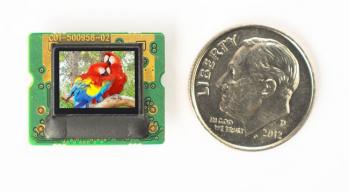On Cynora's copper-based TADF OLED emitters
Cynora is a German startup established in 2003 that developed copper-based OLED emitter systems. In October 2012 the company unveiled a mostly-solution-based flexible OLED prototype, developed in collaboration with InnovationLab. Last month Germany’s BMBF launched the cyCESH project which aims to develop soluble (printable) materials for low-cost high efficiency OLED lighting devices. Cynora is the leader of the consortium in this â¬6 million project, together with Novaled and the University of Regensburg.

Cynora's technology is interesting and the company's CEO Dr. Tobias Grab and the company's Business Development manager, Dr. Mathias Mydlak, were kind enough to provide the information for this article explaining the company's technology.








